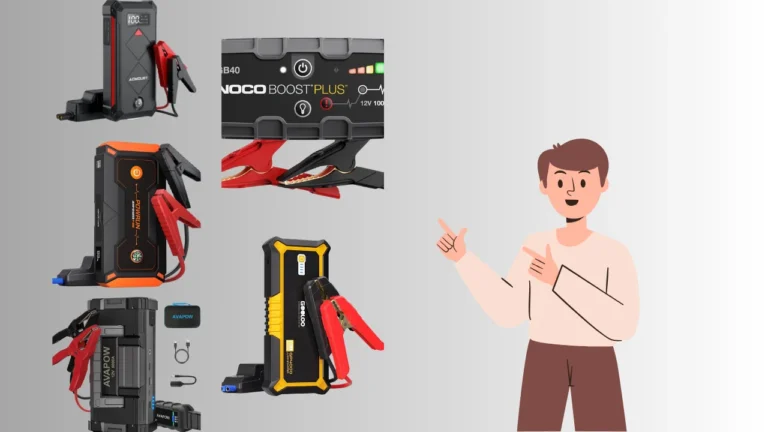When your car battery goes flat, knowing how long to drive car after jump start is essential for a reliable recharge. Many suggest a 30-minute drive at least, but it can vary based on battery conditions and even weather. Without enough recharge, you risk another unexpected stall in no time. Find out how to jump start your car using a battery pack with insights from How to Jump Start a Car with a Battery Pack.
With statistics showing about 100,000 jump starts performed each day in the U.S., understanding post-jump procedures has become more relevant than ever. Getting it right not only saves time but also extends your battery’s lifespan, keeping you on the road confidently.
Quick Look
After a jump start, it’s best to drive for at least 30 minutes to allow the alternator to recharge the battery effectively. Short drives may not provide enough time for a full charge, potentially leaving you stranded again. For optimal battery health, aim for a longer drive whenever possible.
Can driving for too long after a jump start damage my battery?
No, driving for an extended period after a jump start generally won’t damage a healthy battery. Modern car batteries and alternators are designed to regulate the charge, so overcharging rarely happens in typical driving situations.
However, if your battery is old or has a fault, prolonged driving may strain it, potentially worsening existing issues. For peace of mind, monitor your dashboard lights and have the battery tested if it’s several years old.
A short, 30-minute drive after a jump start is usually sufficient to recharge without risking any strain on the car’s electrical components. For a step-by-step guide on getting your vehicle back on the road, check out How to Jump Start a Car with Another Car.
Step-by-Step Guide to Jump-Starting a Car
Jump-starting a car can seem a bit daunting, but with the right steps, it’s actually simple. First, make sure you have a set of jumper cables and a working car nearby. About 70% of the time, these tools are enough to bring your car battery back to life, so you’re off to a good start!
Step 1: Start by parking both cars close together, but not touching. You want around 1-2 feet between them to connect the cables without them being in the way. Keep both ignitions off to avoid any electrical mishaps.

Step 2: Now, grab those jumper cables. You’ll notice a red clamp for the positive terminal and a black one for the negative. Attach the red clamp to the positive (+) terminal on the dead battery. Believe it or not, it’s easy to mix up, so double-check!
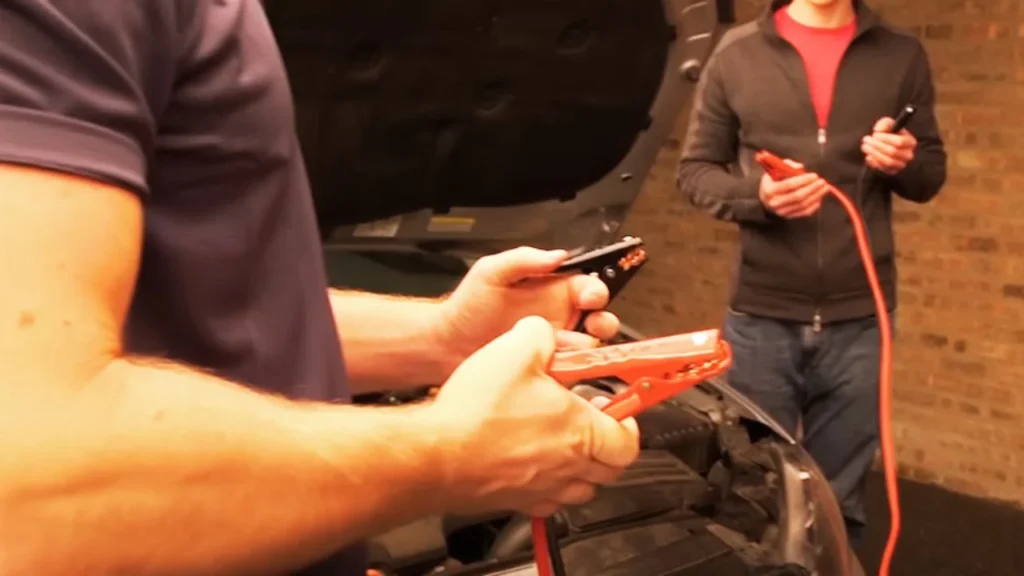
Step 3: Next, attach the other red clamp to the positive (+) terminal of the working car. It’s a small but essential detail that over 50% of people overlook during jump starts. Now, connect the black cable to the negative (-) terminal on the working car.
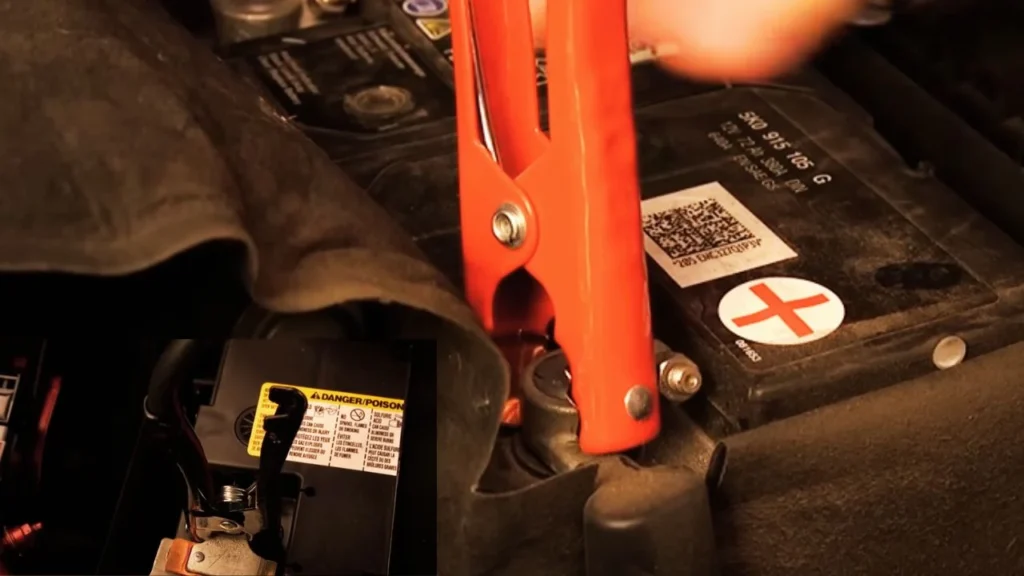
Step 4: The last connection is crucial: place the other black clamp on an unpainted metal surface in the car with the dead battery, away from the battery itself. This step reduces any risk of sparks or accidental shocks.
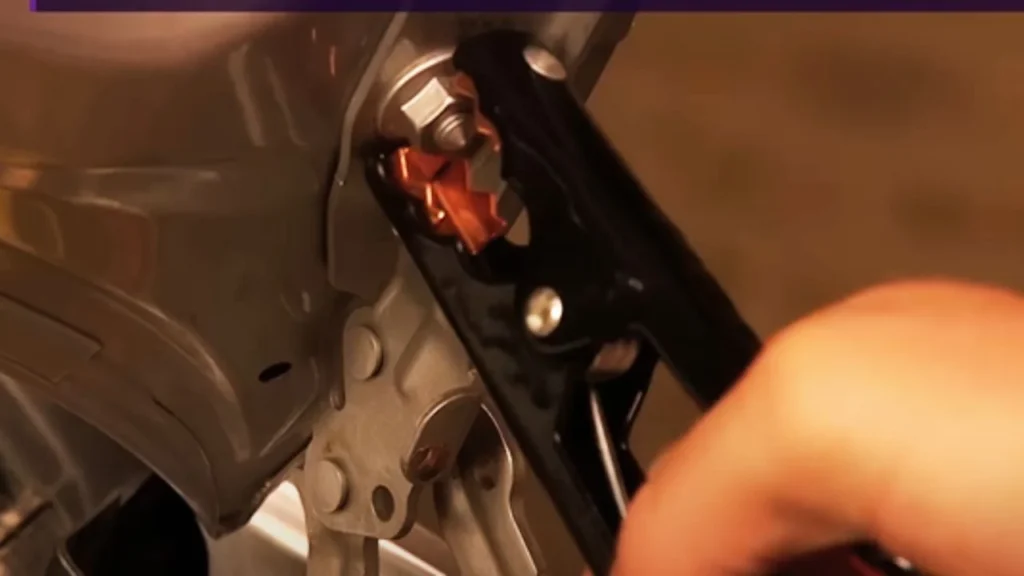
Step 5: Start the car with the working battery and let it idle for about 5 minutes. This gives the dead battery time to get a steady flow of charge, increasing its chances of starting on the first try.

Purpose of Driving After a Jump Start
After a jump start, driving is essential because the alternator recharges your car’s battery while you’re on the road. Typically, a 30-minute drive lets the alternator restore about 80% of the needed charge. Short drives, like 5-10 minutes, won’t provide a deep enough recharge, so aim for 30-45 minutes to ensure a reliable restart next time. Without this, you risk needing another jump start soon, as quick charges only superficially recharge the battery.
How Long to Drive Car After Jump Start
After a jump start, I recommend driving for at least 30 minutes to let the alternator recharge the battery fully. On highways, this steady drive is often enough. For older batteries, around three years or more, extending the drive to 45 minutes can be helpful.
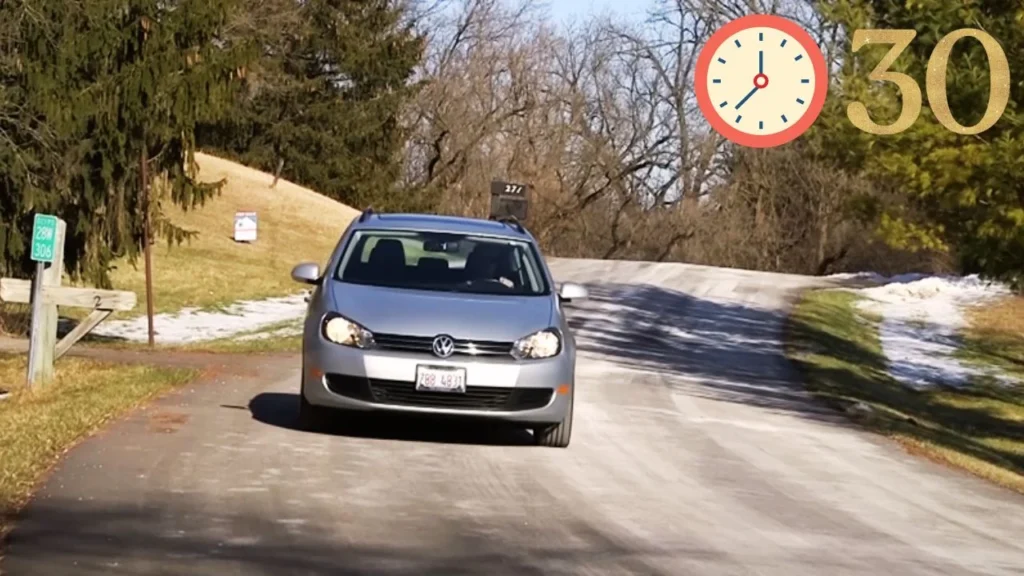
I avoid short drives, as they don’t provide enough charging time, especially in city traffic with frequent stops. Opting for longer, uninterrupted routes maximizes recharge efficiency. Discover the required amperage for successfully jump-starting a V8 engine in How Many Amps to Jump Start V8.
Alternatives to Driving: Idling the Engine
When I jump-start my car, I sometimes think idling might be enough to recharge the battery. While driving is usually more effective, idling can still provide a light charge if I can’t hit the road right away. Generally, letting the engine idle for around 10-15 minutes can offer a minor recharge.
Driving vs. Idling: Which Charges Faster?
There’s a noticeable difference in charging speed between idling and driving. The alternator charges the battery at its maximum capacity while driving, recharging up to 50% faster than idling alone. So, while idling might work in a pinch, driving is still the better choice for a fuller charge.
Fuel Consumption During Idling
Another thing to keep in mind is fuel usage. Idling for an hour can consume around 0.2 gallons of fuel. For frequent recharging, this can add up over time, making idling less efficient overall for both your wallet and your car’s performance.
Environmental Impact of Idling
Extended idling also has environmental downsides. Each hour of idling produces extra emissions, adding to air pollution. Choosing to drive rather than idle whenever possible not only charges the battery better but also reduces emissions, making it a more eco-friendly choice.
Signs That the Battery Is Not Fully Charged
After a jump start, it’s essential to watch for signs that your battery might still need more power. A weak battery can cause several small issues that are easy to spot. Here are the top indicators that your battery isn’t fully charged:
- Dim or Flickering Headlights: If your headlights appear dim or flicker even after driving for 20–30 minutes, it suggests the battery may still be low on charge.
- Sluggish Engine Start: If the engine sounds slow or hesitant when you start it, the battery might not have enough charge. A fully charged battery should start the engine within two seconds.
- Dashboard Warning Lights: Keep an eye on the battery symbol or “Check Engine” light on your dashboard. Over 85% of modern cars display this alert when battery power is insufficient.
- Accessory Issues: When your radio, air conditioning, or other accessories run weakly or shut off unexpectedly, it’s a sign that the battery might still need more charge.
When to Seek Professional Assistance
Sometimes, even after a jump start and a long drive, a car battery still won’t hold a charge. This could be due to underlying issues that need more than just a recharge. Here’s how to tell when it’s time to seek professional help for your battery.
- Battery Not Holding a Charge
If your battery won’t hold a charge after driving for 30-45 minutes, it may be failing. A healthy battery should read around 12.6 volts; below 12.4 volts indicates a problem. - Possible Alternator Issues
The alternator might be the issue, as about 80% of charging problems stem from it. If it’s not working properly, it won’t recharge the battery effectively, leading to stalls. - Corroded or Loose Connections
Corroded or loose connections can cut charging efficiency by up to 50%. Regular maintenance can help prevent this and save you from frequent jump-starts.
Preventive Measures to Maintain Battery Health
Taking care of a car battery doesn’t have to be complicated. With a few simple habits, you can extend its life and avoid unexpected breakdowns. Here are some easy steps I follow to keep my battery in top shape.
1. Keep Battery Terminals Clean
One of the best ways I keep my car battery running smoothly is by cleaning the terminals every six months. A simple wipe-down with a cleaning solution can make a big difference!
2. Check Battery Connections Regularly
I also check my battery connections often, as loose terminals lead to power loss. It’s surprising, but an estimated 10% of battery issues come from loose cables.
3. Avoid Frequent Short Trips
Short trips may seem harmless, but they can actually drain the battery faster than expected. If you’re driving under 5 miles regularly, the battery doesn’t get a full charge. I try to include at least one 15-minute drive per week to help keep it fully charged.
4. Schedule Routine Battery Checks
Routine battery checks, especially as it ages past three years, are essential. Checking voltage and getting a professional test can spot issues early.
5. Invest Time in Battery Maintenance
A proactive approach to battery maintenance saves me time and money in the long run. Get instructions on utilizing an Everstart jump starter effectively by reading How to Use Everstart Jump Starter.
Final Words
After a jump start, I recommend driving for at least 30 minutes to let your car’s alternator recharge the battery. It’s a quick and effective way to avoid another dead battery soon after. Keeping track of simple tips, like this “how long to drive car after jump start,” helps us stay road-ready and avoid extra issues. Trust me—just a half-hour drive can save time, energy, and a call for help later on!
Ali is a tech enthusiast and automotive aficionado, passionate about sharing insights on the latest innovations and industry trends.

